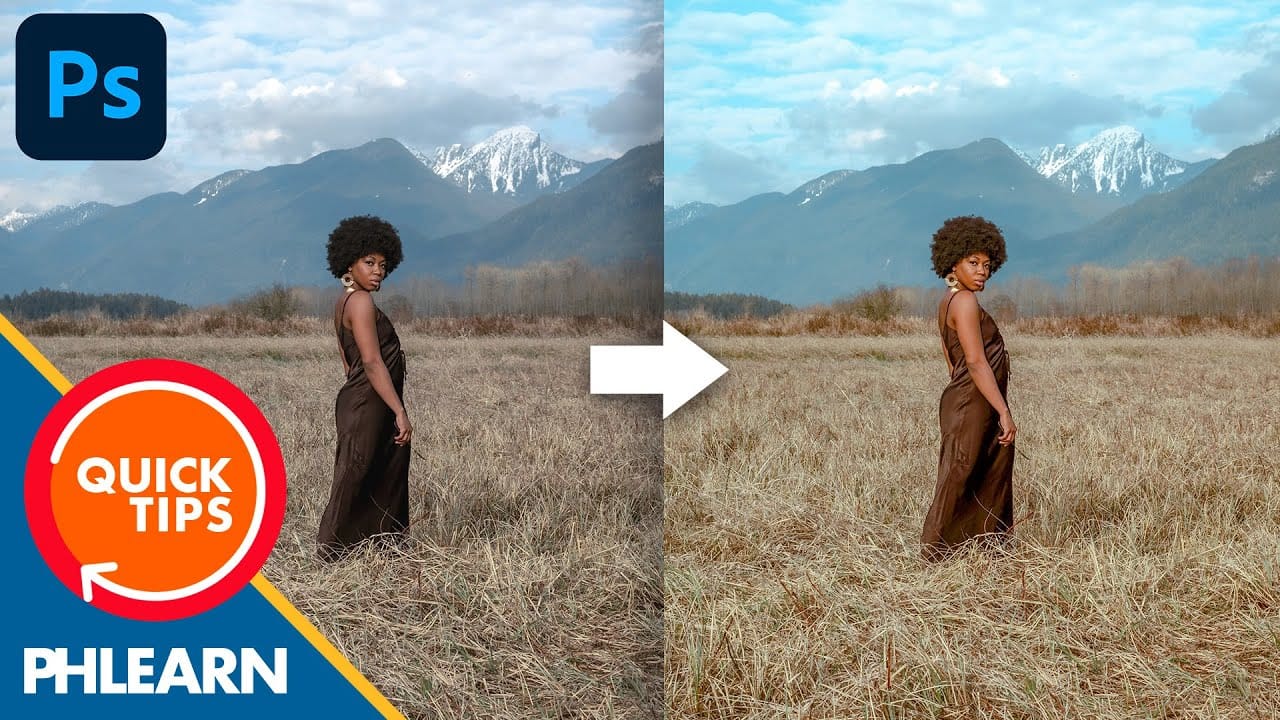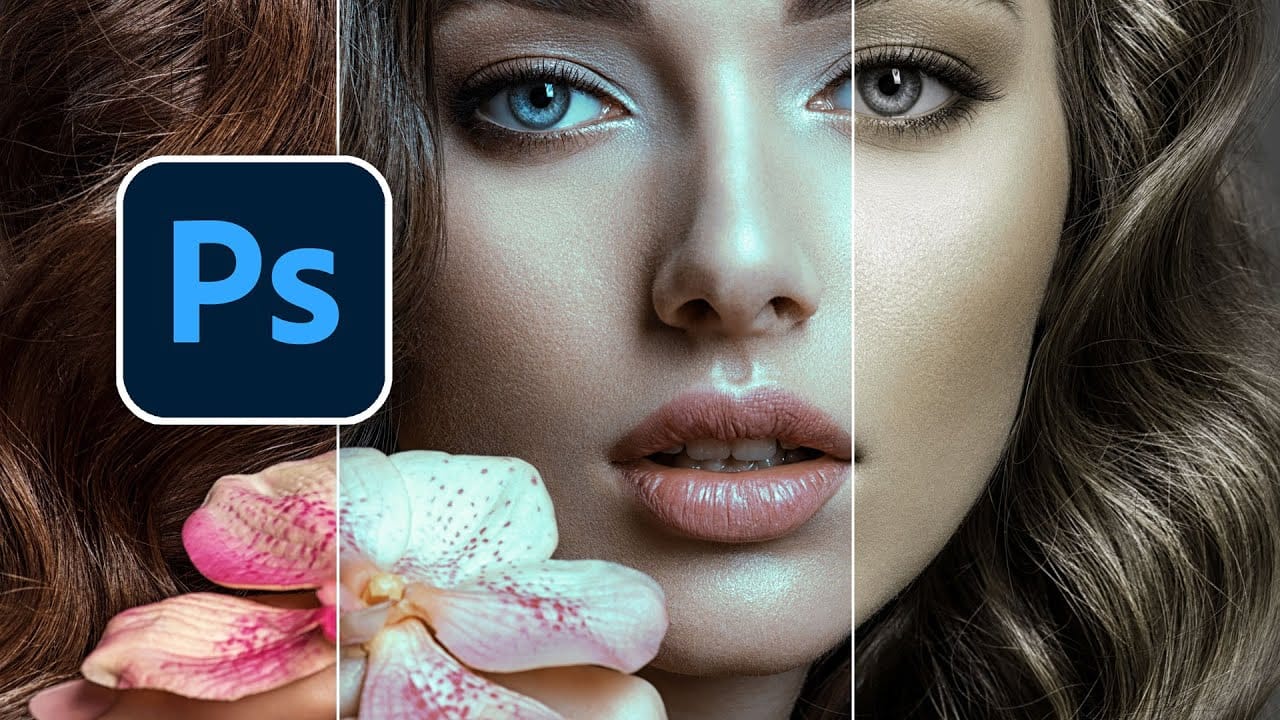Professional color grading can transform ordinary photos into cinematic masterpieces, but heavy adjustments often create that obvious "filtered" look that screams amateur editing. The difference between natural-looking color enhancement and overdone processing lies in how the adjustments interact with your image's existing tonal structure.
This advanced technique uses layer masks combined with selective color adjustments to create rich, believable color grades that enhance rather than overpower your original image.
Watch the Tutorial
Video by Brendan Williams. Any links or downloads mentioned by the creator are available only on YouTube
Understanding Apply Image for Color Grading Control
The Apply Image function in Photoshop serves as a powerful masking tool that maps your photo's contrast information directly onto adjustment layer masks. This creates a sophisticated system where color adjustments respond differently to shadows, midtones, and highlights throughout your image. Rather than applying uniform color changes across the entire photo, this method respects the existing tonal structure.
Traditional color grading applies adjustments evenly, which often creates unnatural results when pushed to stylized extremes. When you use Apply Image to create contrast-based masks, darker areas of your photo become less affected by the adjustment, while lighter areas receive more intense color treatment. This mimics how light and color naturally interact in photography.
The technique becomes particularly powerful when stacking multiple adjustment layers, each with its own Apply Image mask. This layered approach allows for complex color relationships that maintain believability even with dramatic stylization. The key advantage lies in the ability to push colors much further without crossing into obvious filter territory.
Practical Tips for Apply Image Color Grading
- Create the mask first: Always apply the Apply Image mask before making color adjustments, as this establishes the tonal foundation for your grading.
- Duplicate masks efficiently: Hold Alt/Option and drag existing Apply Image masks to new adjustment layers rather than recreating them each time.
- Stack multiple adjustments: Layer Selective Color and Color Balance adjustments with duplicated masks to build complex color relationships gradually.
- Balance with contrast adjustments: Follow heavy color grading with curves adjustments to restore natural contrast and prevent flat-looking results.
- Use dodge and burn to finish: Create separate curves layers for dodging and burning with inverted masks to selectively enhance the color grading in specific areas.
More Tutorials About Color Grading in Photoshop
Explore these additional color grading techniques and creative approaches.


















Member discussion